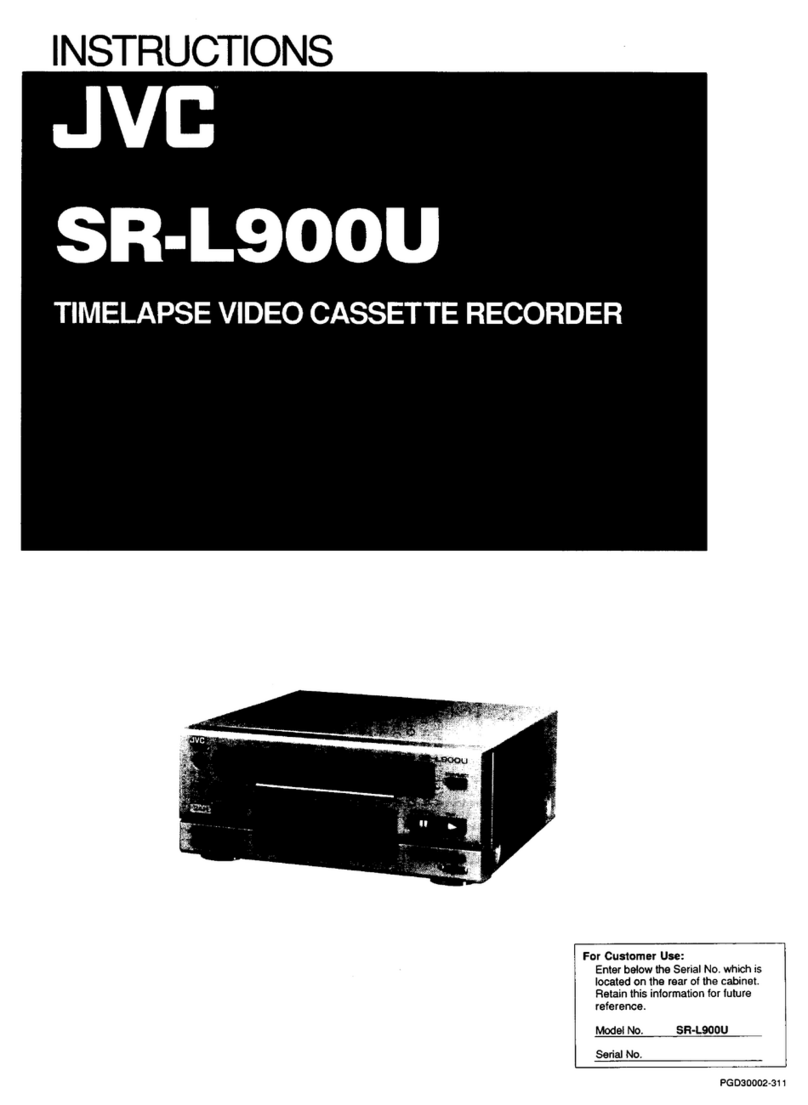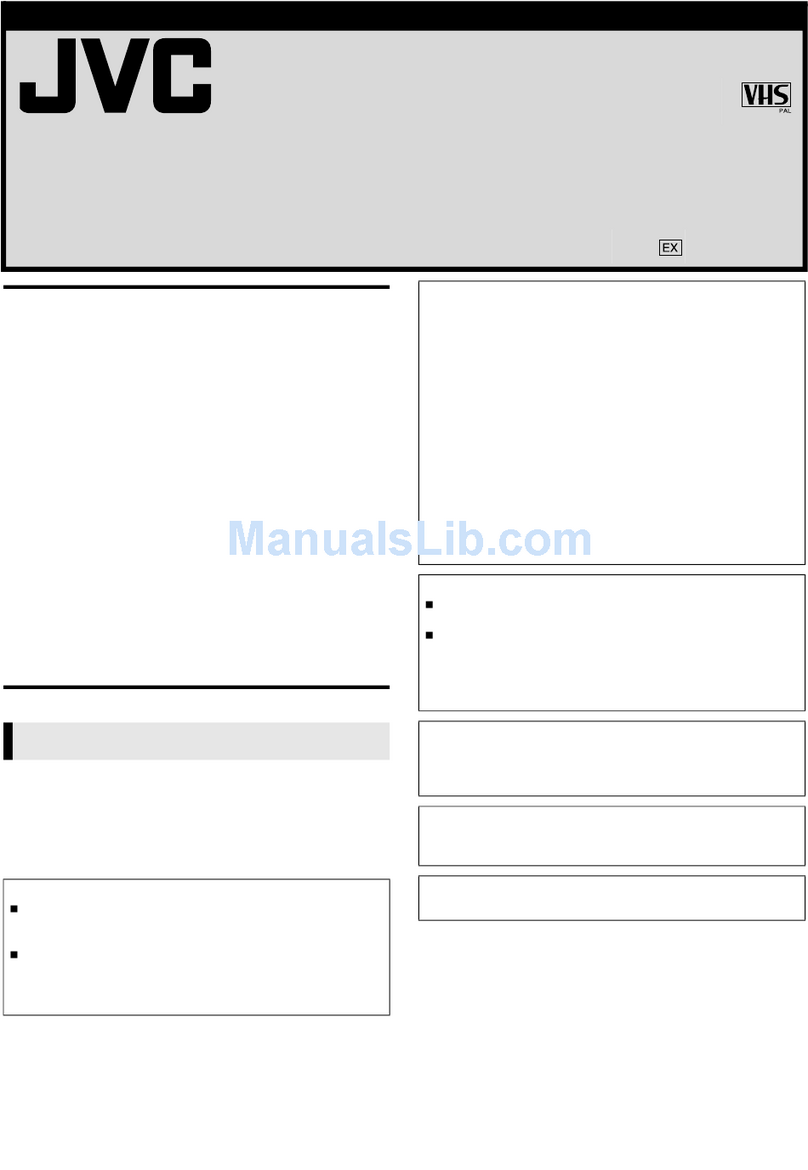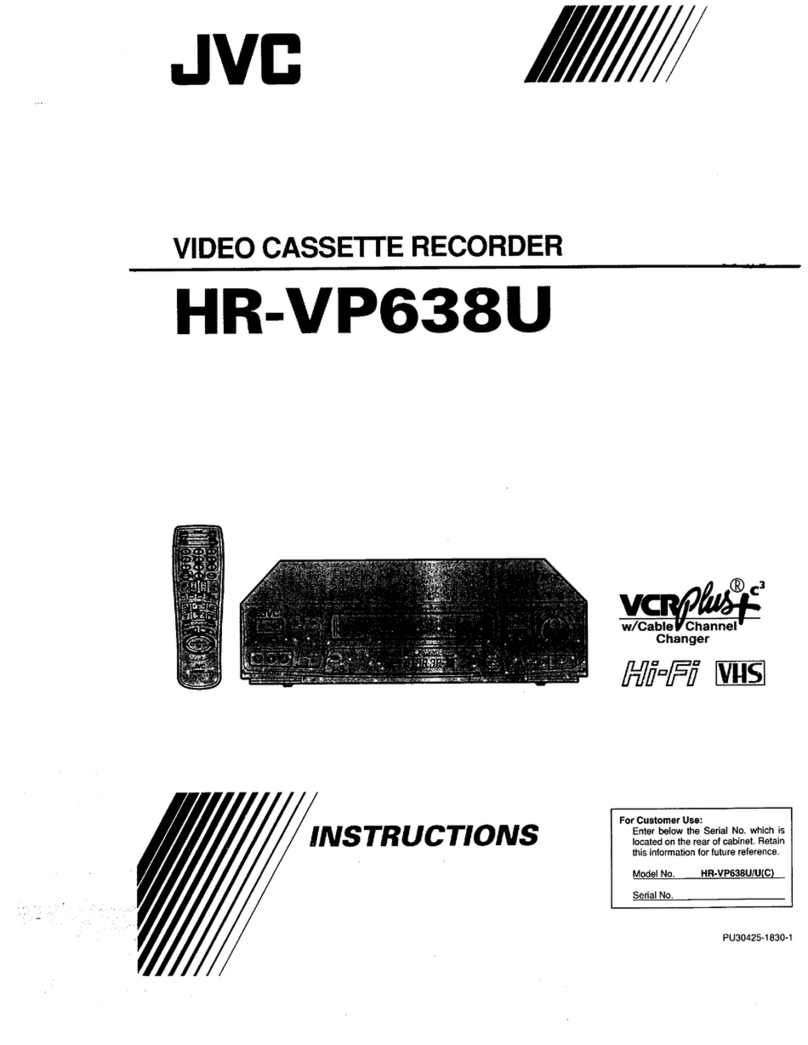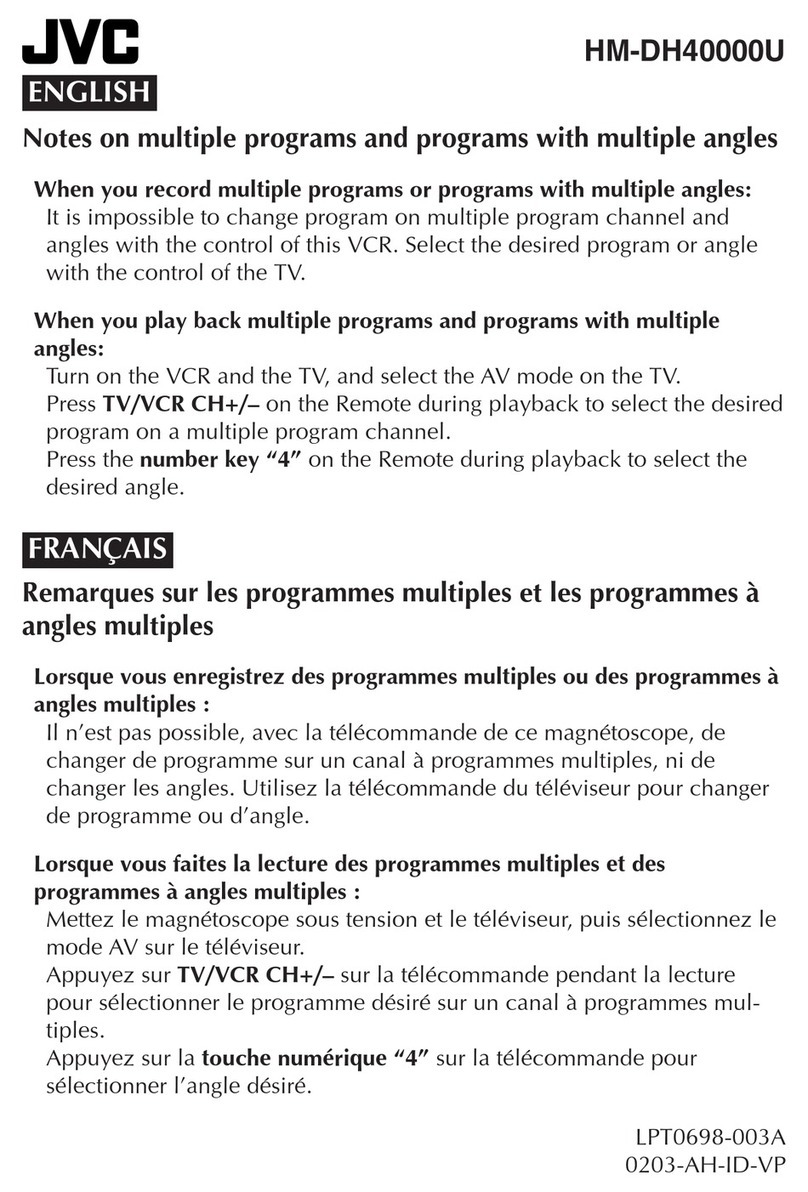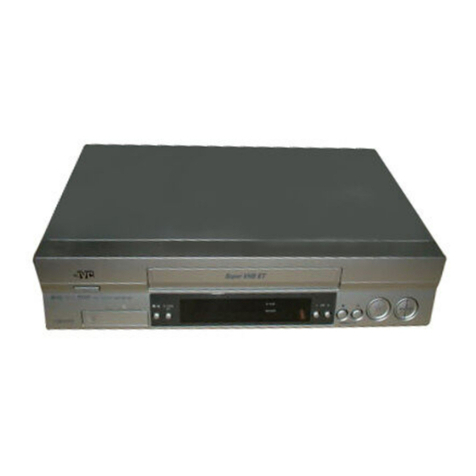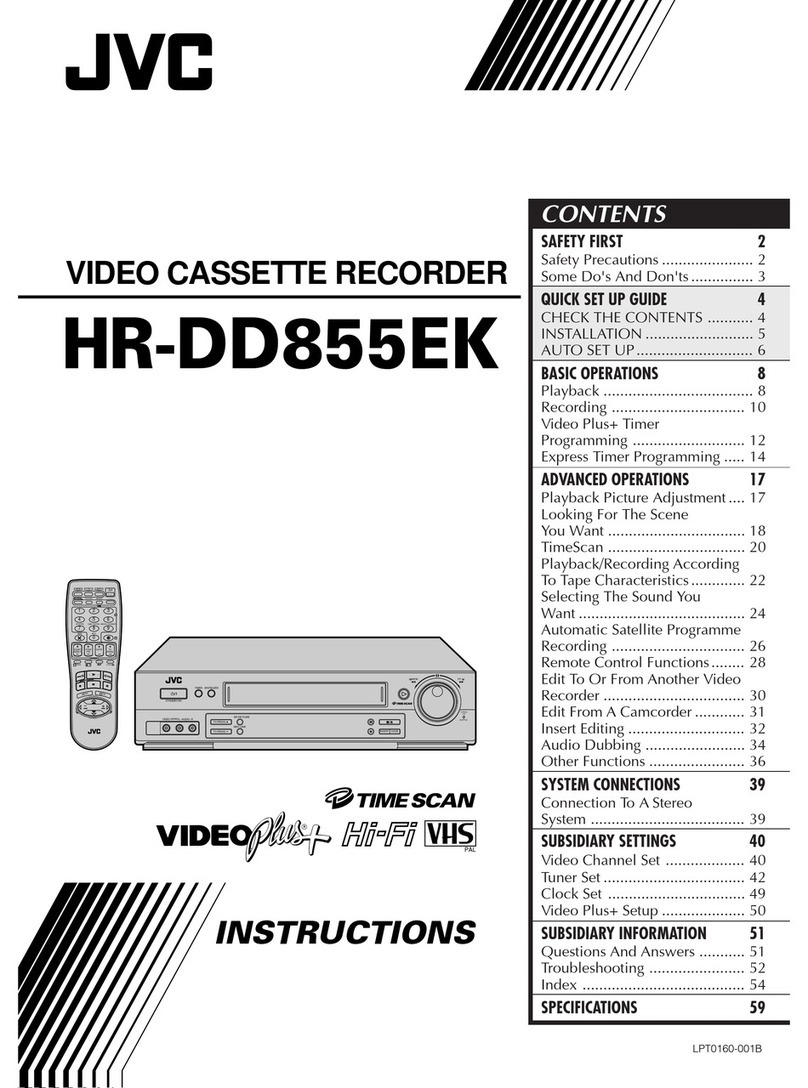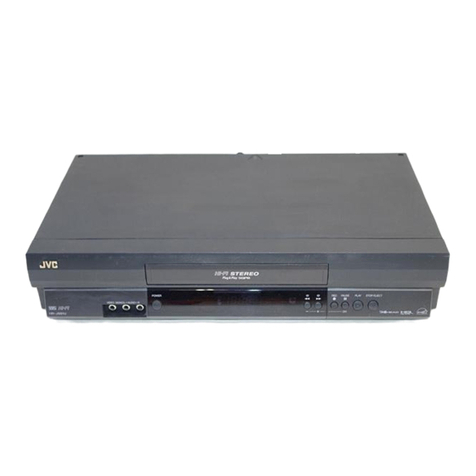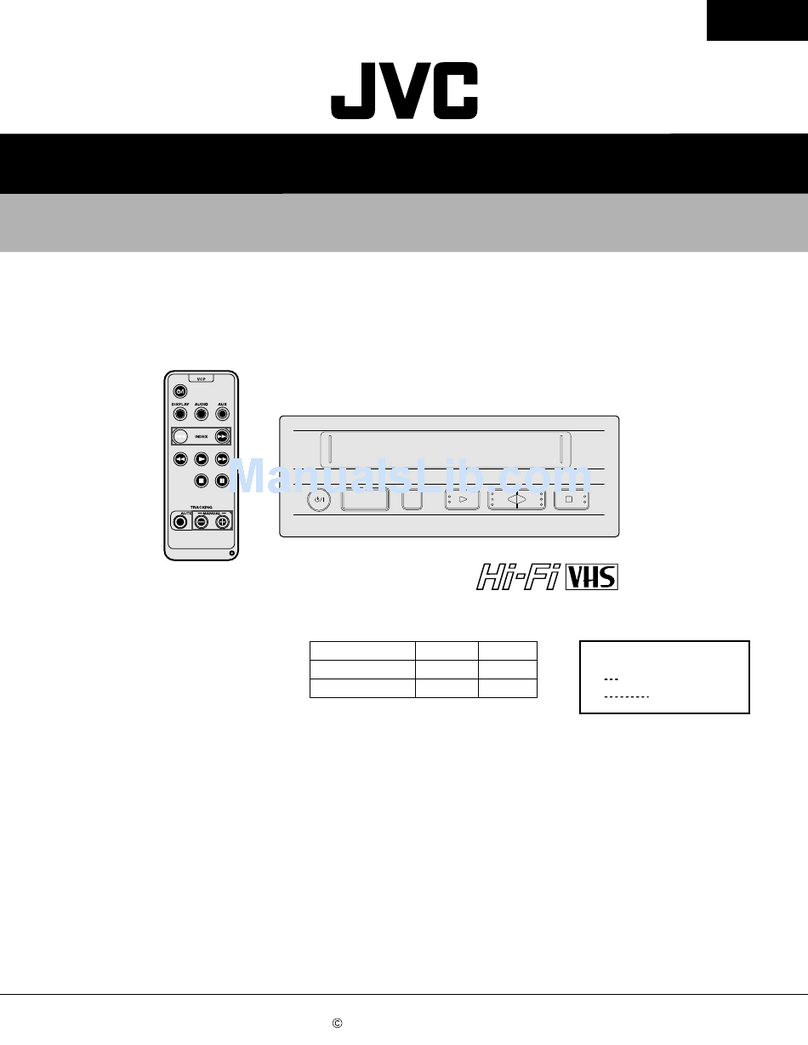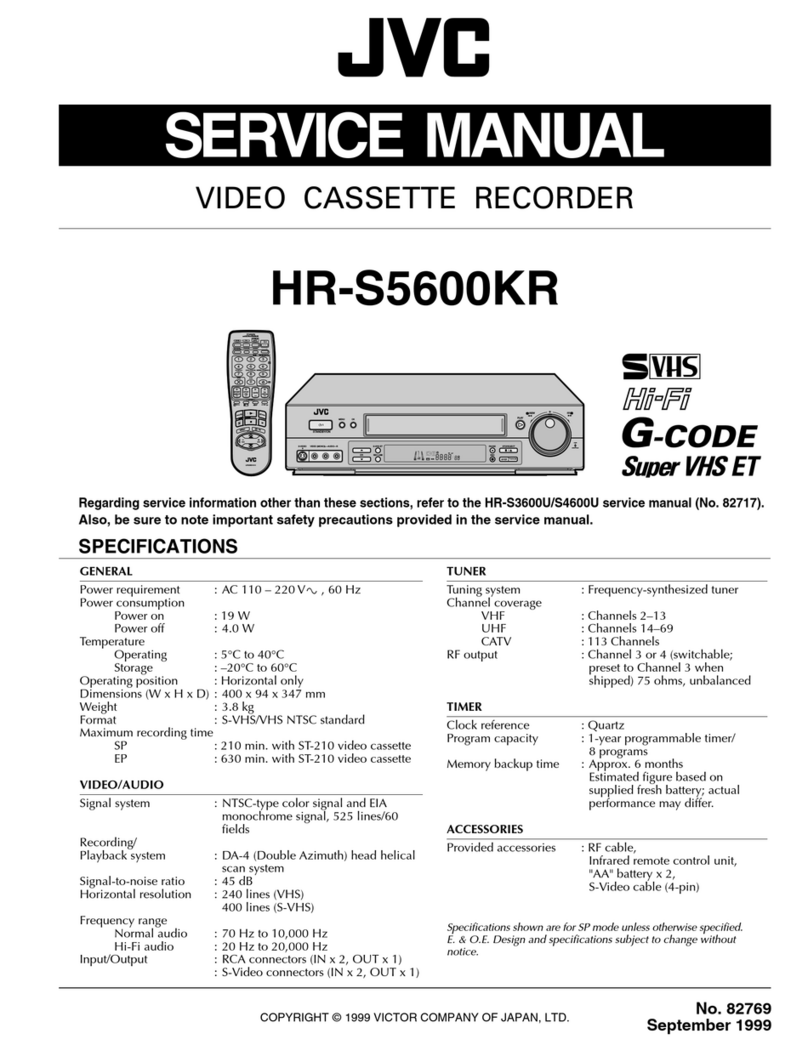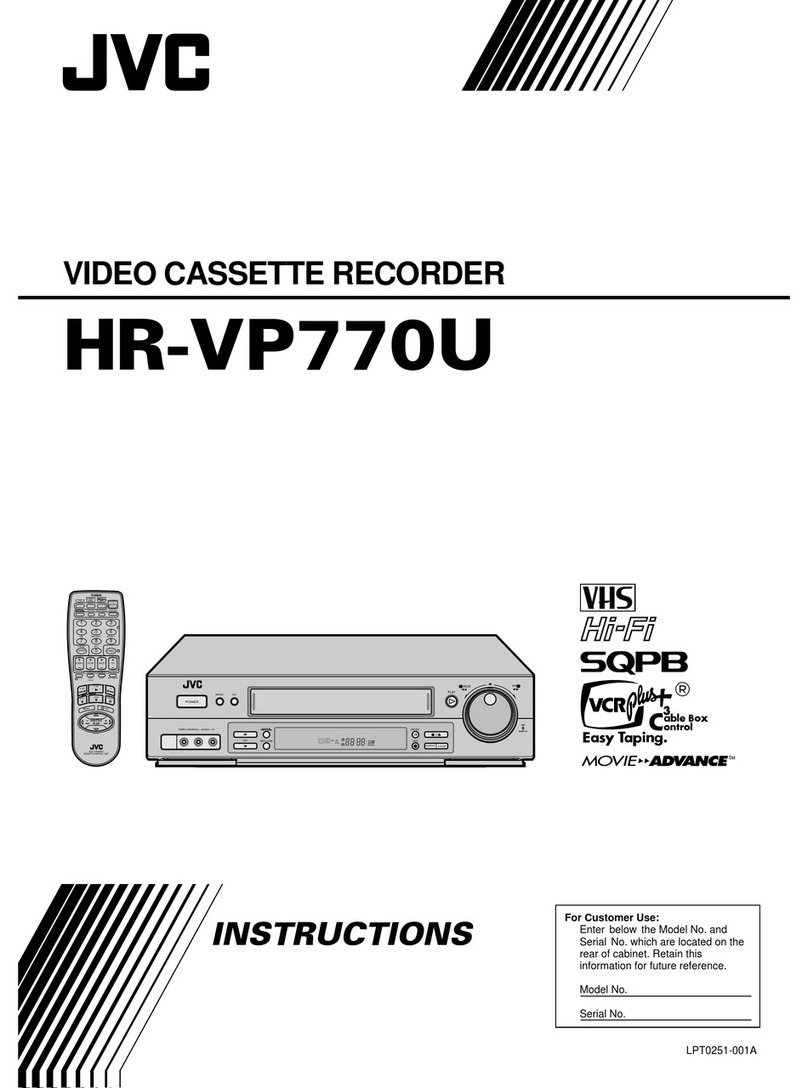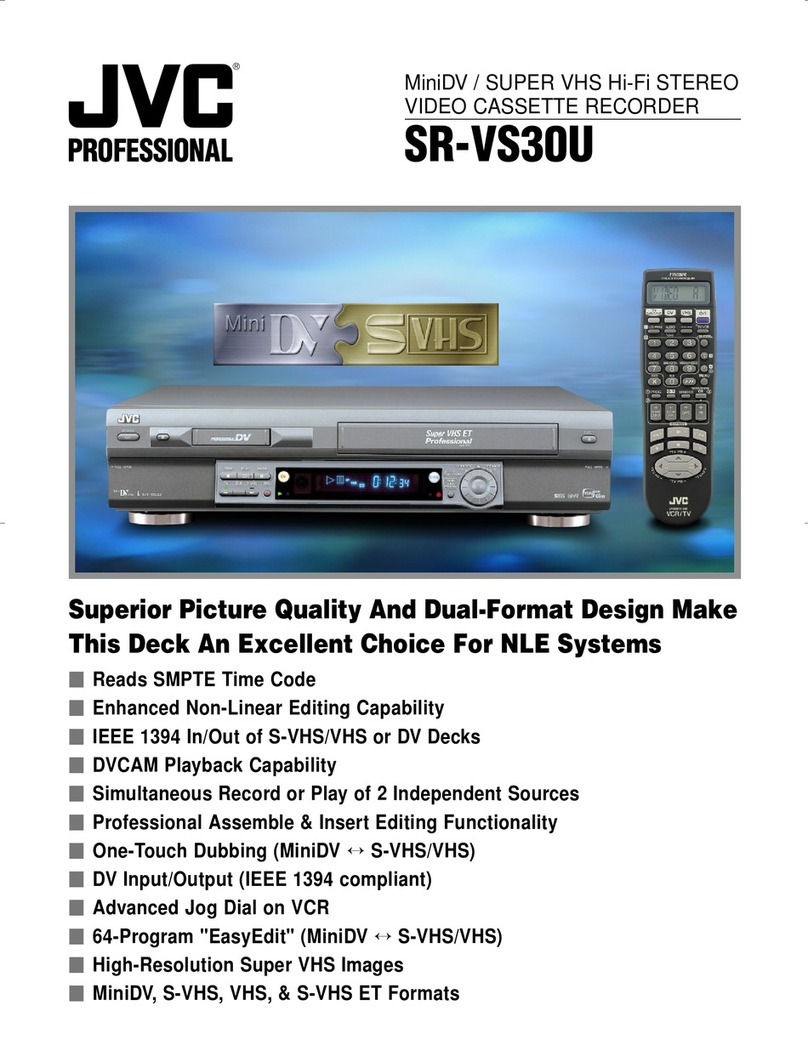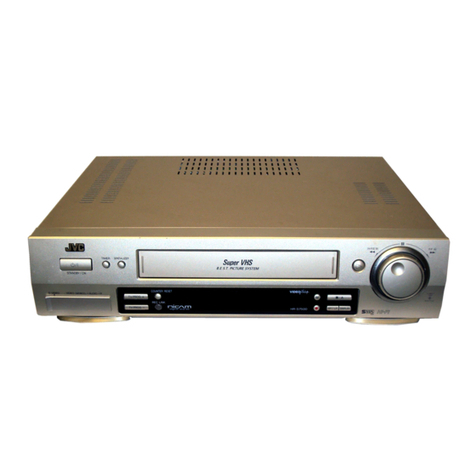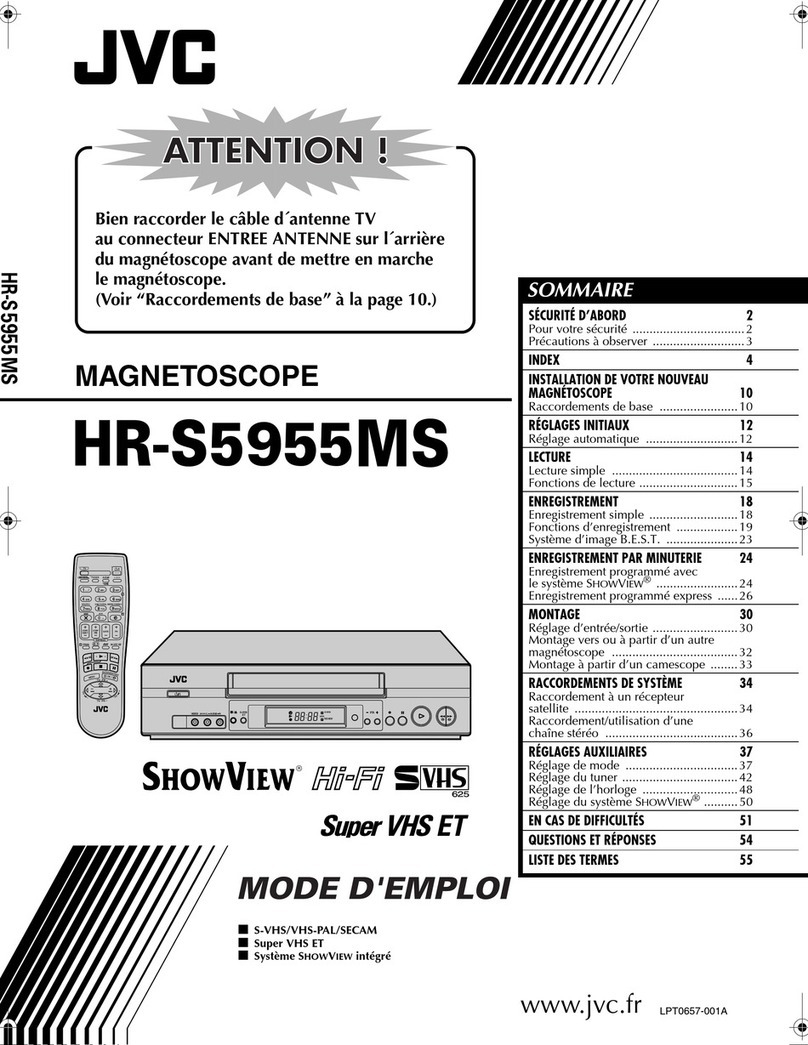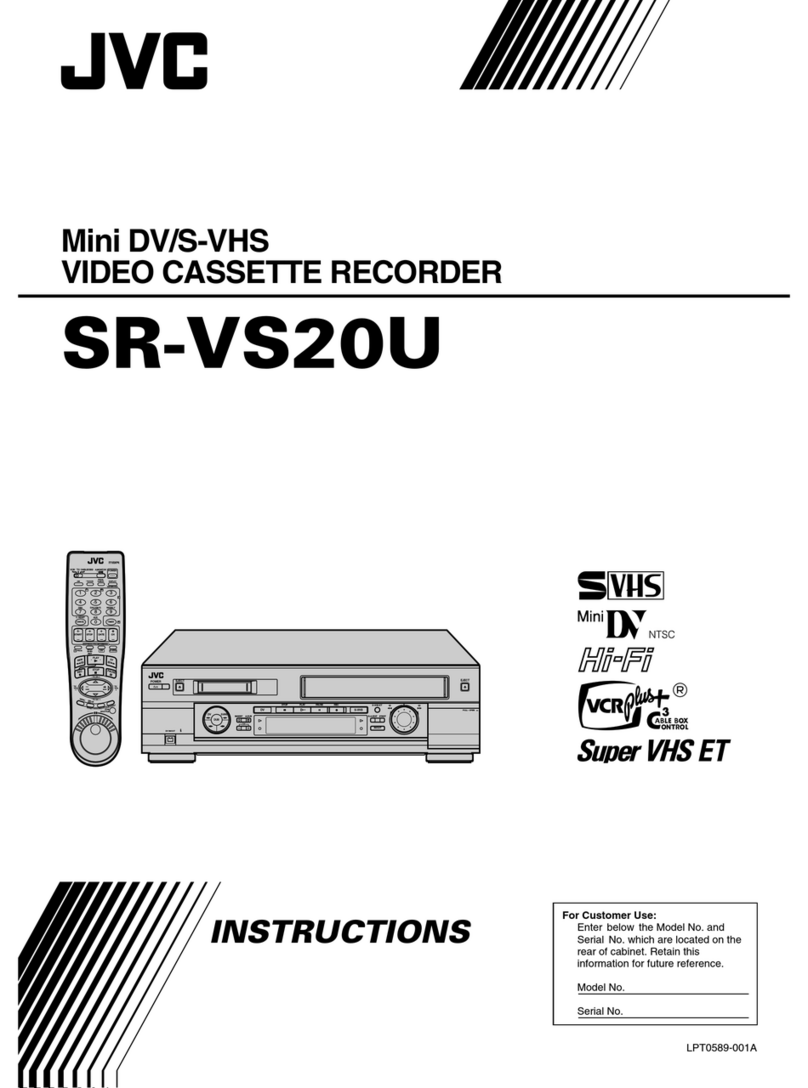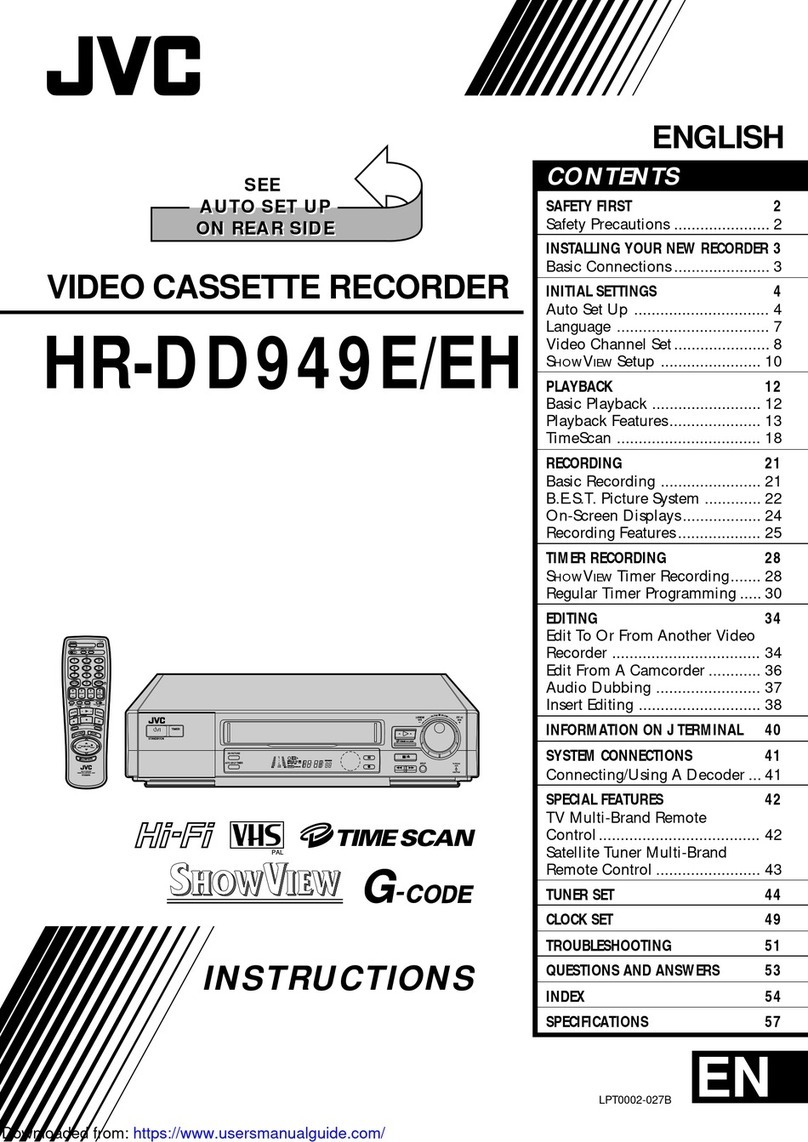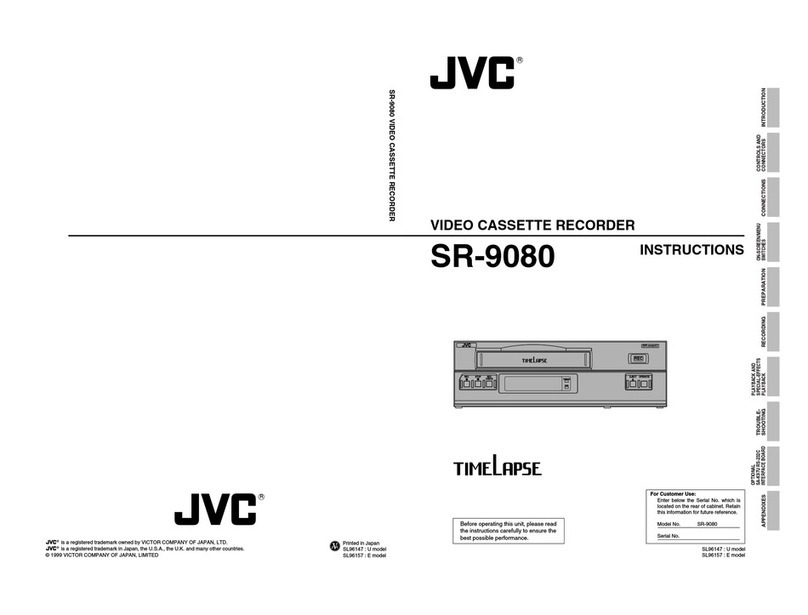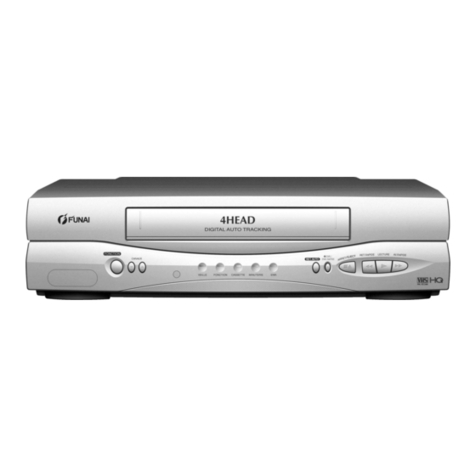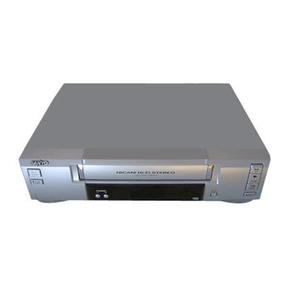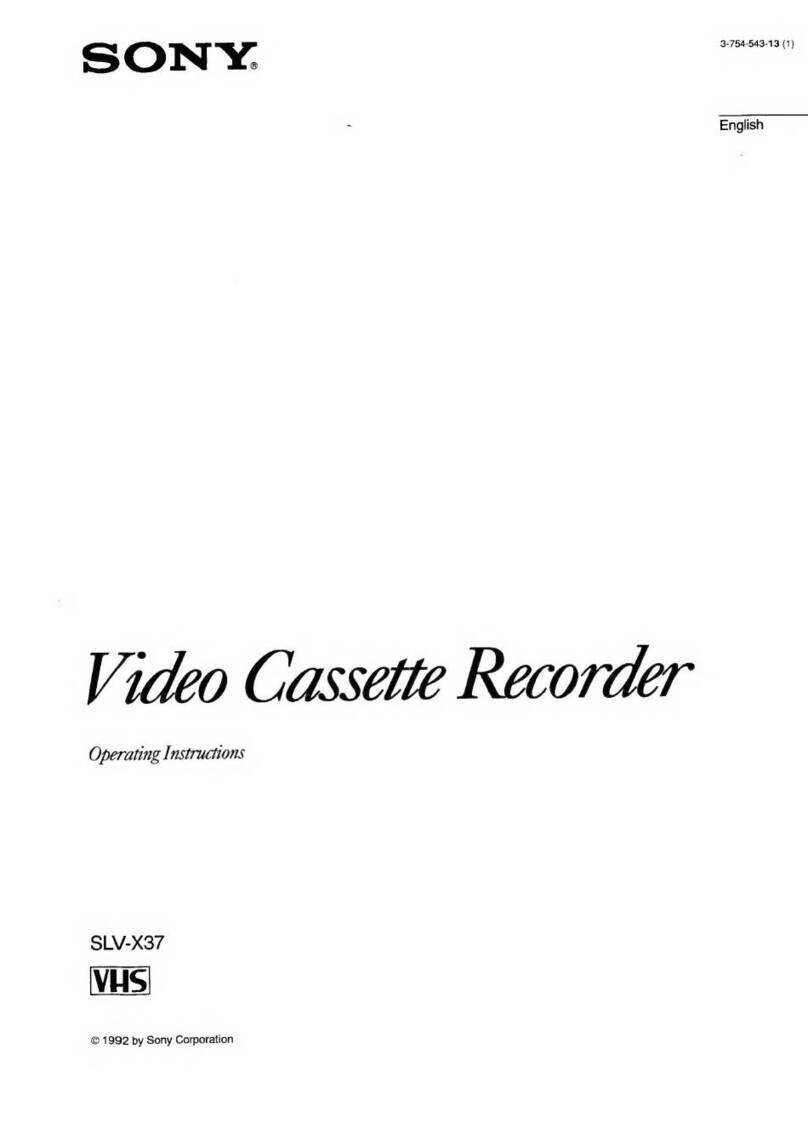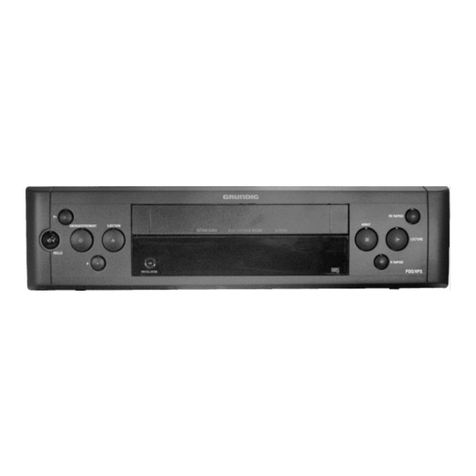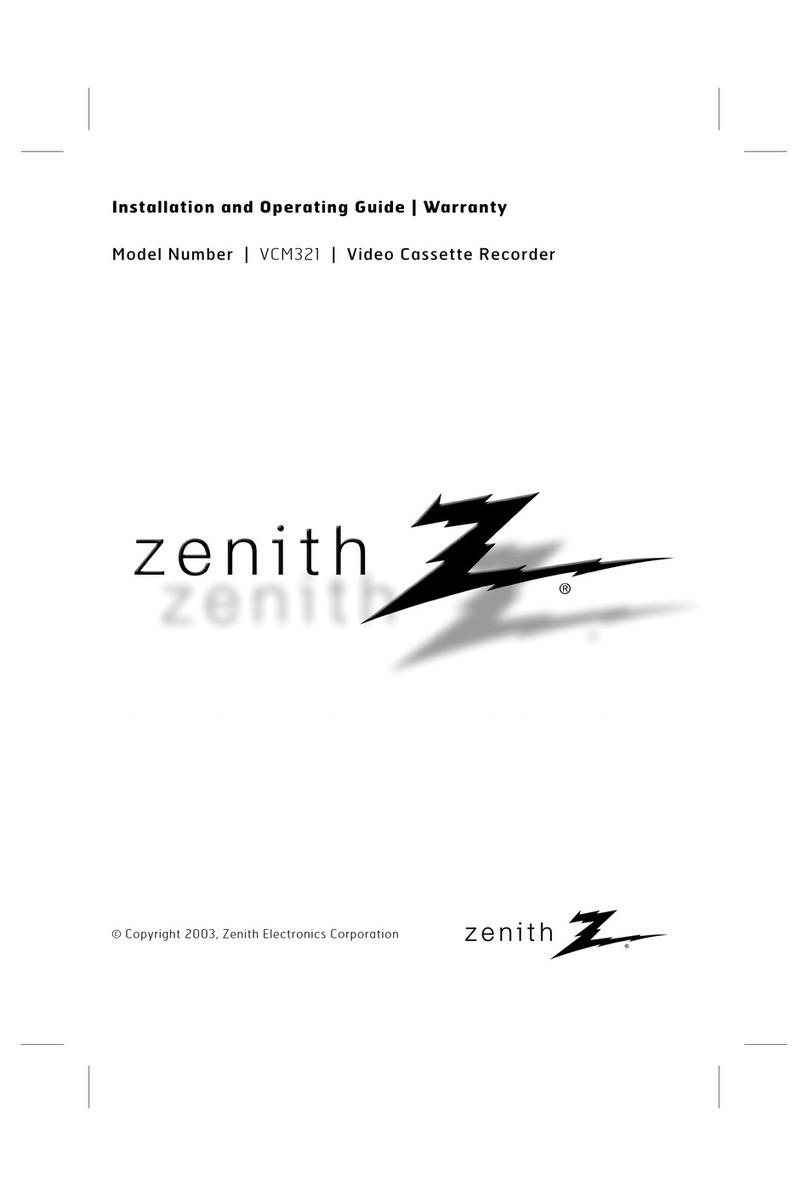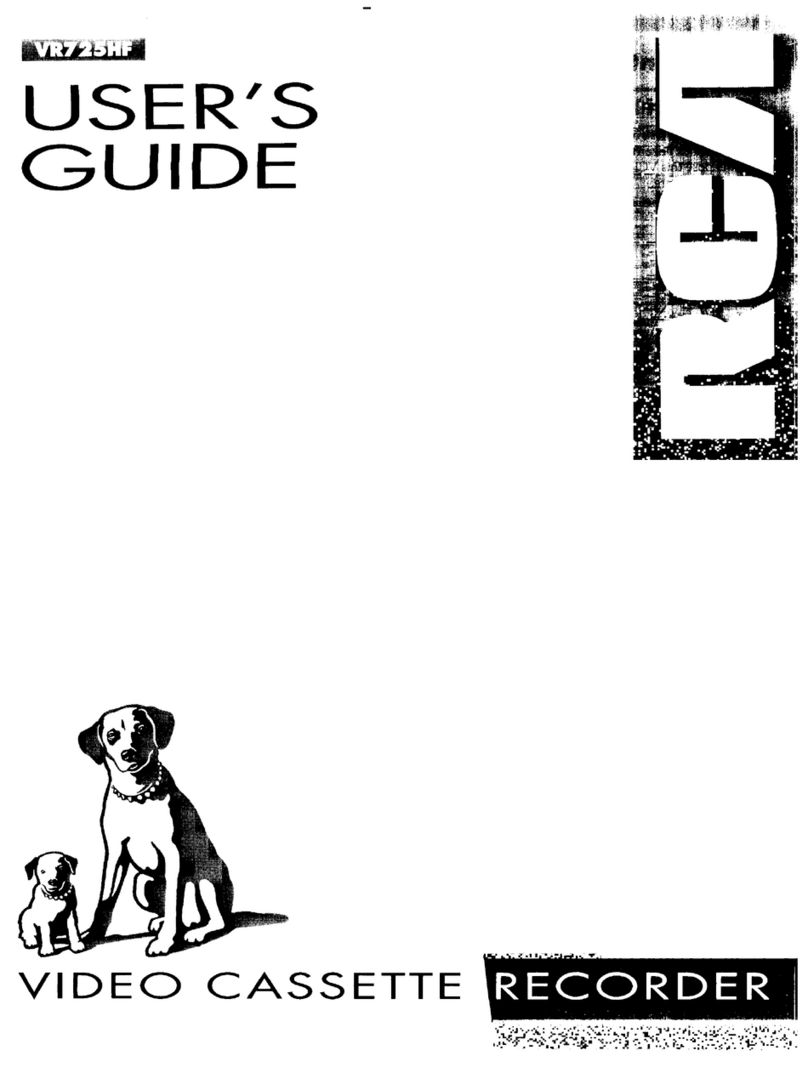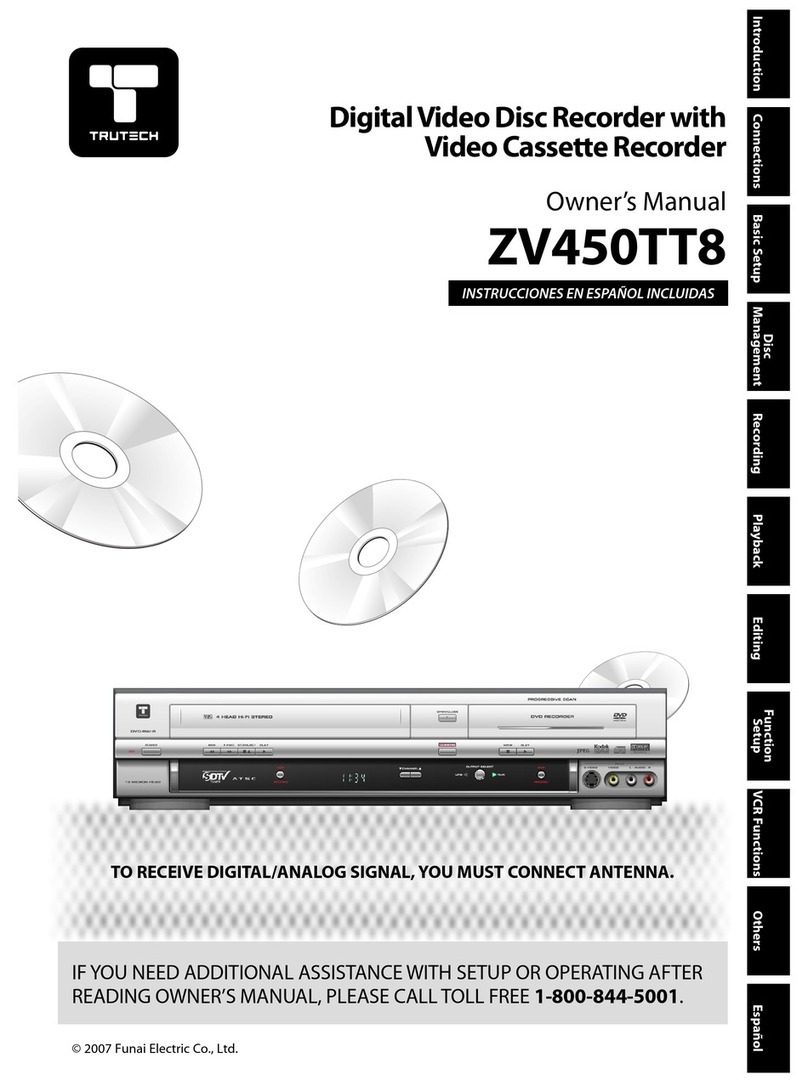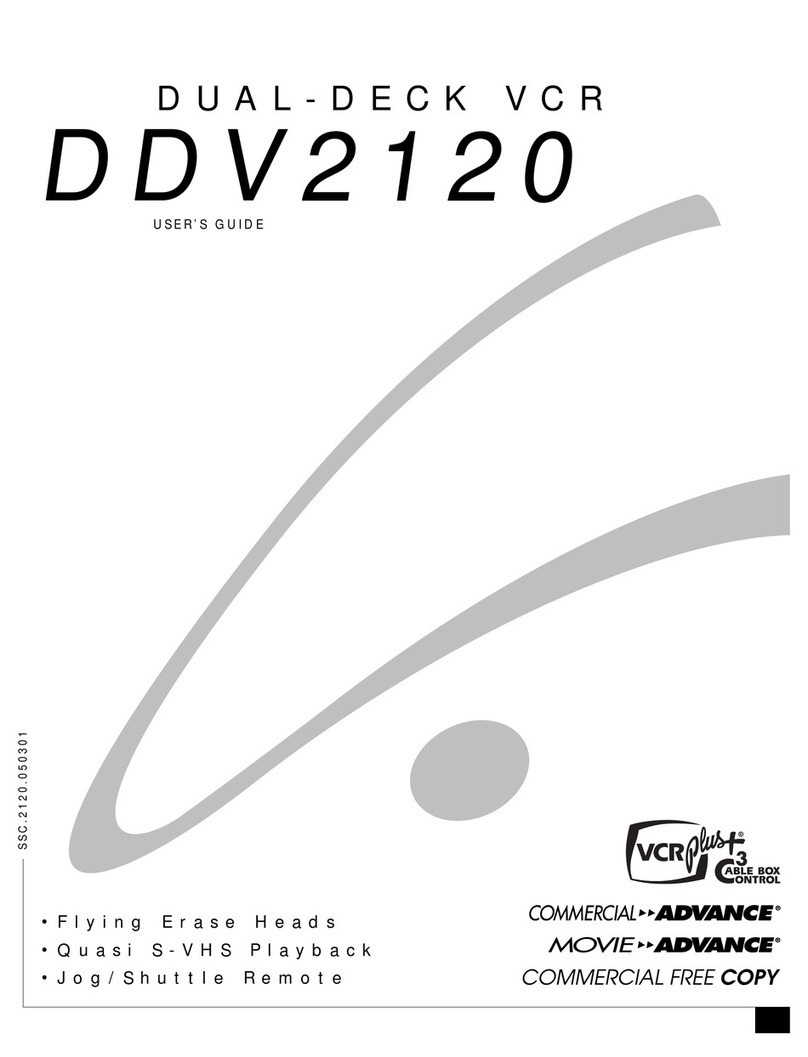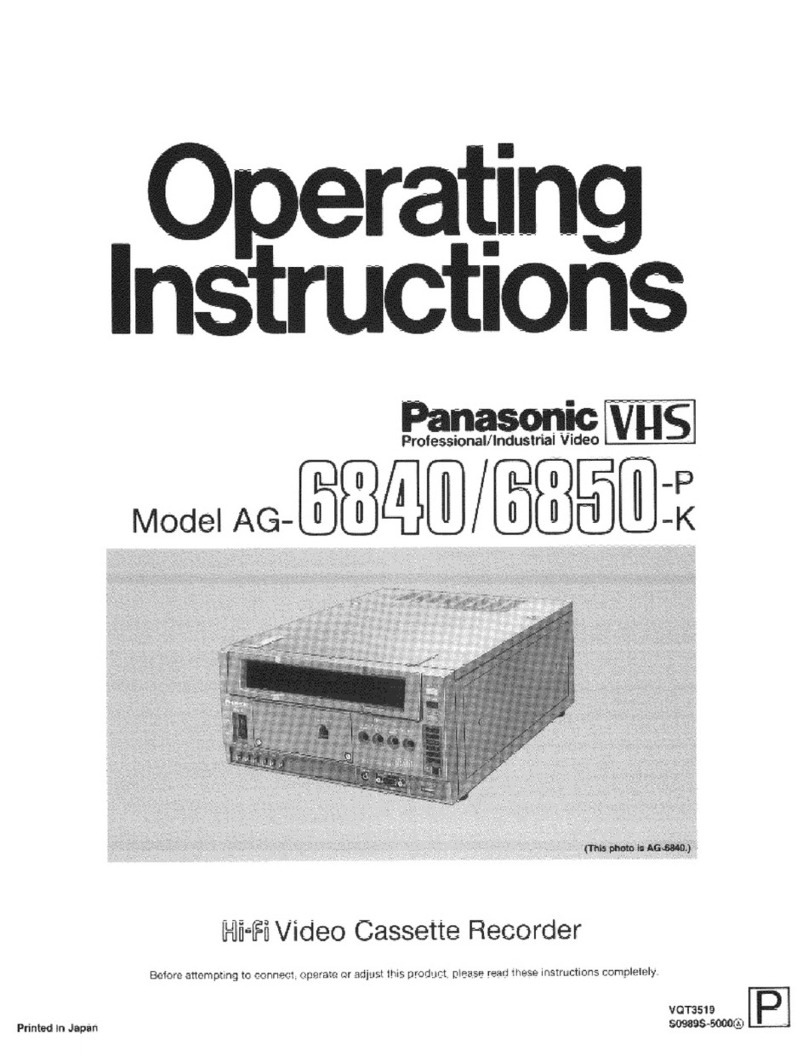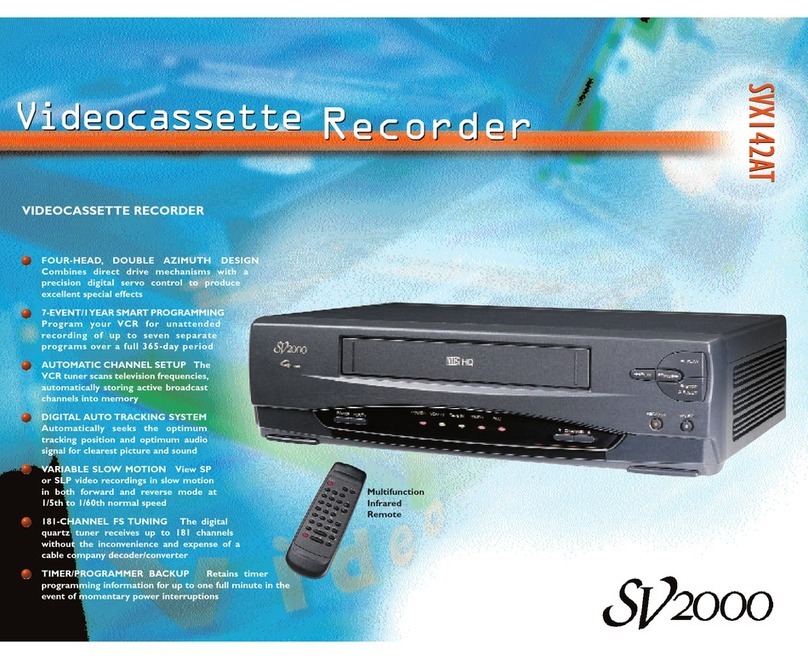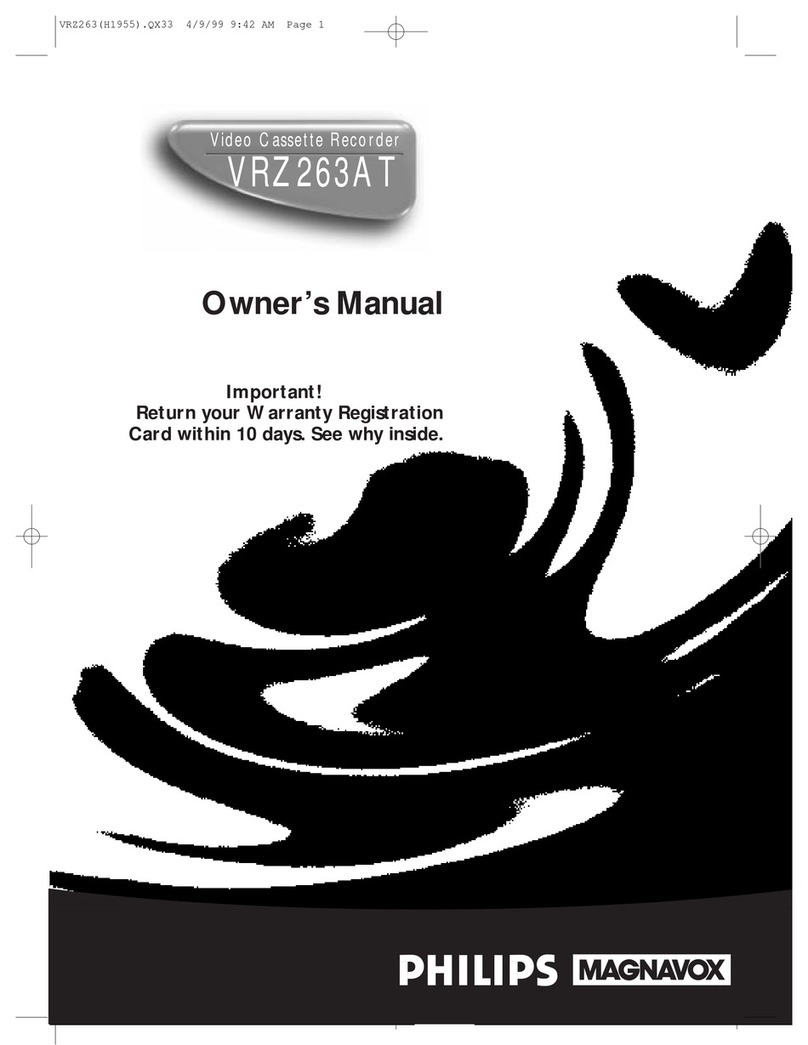
1-6 (No.YD075)
2.3 Jig RCU mode
This unit uses the following two modes for receiving remote con-
trol codes.
(1) User RCU mode:Ordinary mode for use by the user.
(2) Jig RCU mode: Mode for use in production and servicing.
When using the Jig RCU, it is required to set the unit to the Jig
RCU mode (the mode in which codes from the Jig RCU can be
received). As both of the above two modes are stored in the EE-
PROM, it is required to set the unit back to the User RCU mode
each time that an adjustment is made or to check that the neces-
sary operations have been completed.These modes can be set
by the operations described below.
Note:
•When the unit is set to Jig RCU mode and when the unit
is under Jig RCU mode, the remote control unit attached
to product operates only in "Remote Control Code 1".
Since the unit is in "Remote Control Code 3" when it is
shipped and just after its batteries are changed, "Re-
mote Control Code 3" needs to be changed to "Remote
Control Code 1."
•Confirm the RCU mode when exchanged parts. Since
some SERVICE PARTS sets the unit to the Jig RCU
mode as initial setting. Therefore please set the unit to
the User RCU mode after replacing the EEPROM.
Fig.2-3a User/Jig RCU mode
2.3.1 Changing Remote Control Code
(1) Slide the TV/DVD switch to DVD.
(2) Press the number button "1" of the remote control unit while
pressing the "SET UP" button of the remote control unit.
Then,press the "ENTER" button, and then release the
"SET UP" button.
(3) Press the "POWER" button on the unit to turn off the unit.
(4) Press the "PLAY" button on the unit for over 5 seconds
while the unit is turned off. The code currently set appears
on the front display panel.
(5) Press the "STOP" button on the remote control to change
the unit’s code. When FDP indicator displays "DVD1," it
means that the Remote Control Code has been changed to
"1."
Note:
•When "POWER SAVE " is set to "ON", it is not possible
to change the remote code.
2.3.2 Setting the Jig RCU mode
<Method 1>
(1) Turn on the power.
(2) Press the “VHS/DVD“ button repeatedly on the unit so that
the VHS lamp lights up on the unit.
(3) Press the following remocon keys continuously within 2
seconds " SET UP " →" 2 " →" 8 " →" ENTER ".
When the unit is set to the Jig RCU mode, the symbols
( " : " ) in the time display of the FDP are blinked.
(Refer to Fig.2-2a)
<Method 2>
(1) Unplug the power cord plug from the power outlet.
(2) Press and hold the “REC“ and “PAUSE” buttons on the unit
simultaneously, while plugging the power cord plug into the
power outlet.
When the unit is set to the Jig RCU mode, the symbols
( " : " ) in the time display of the FDP are blinked.
2.3.3 Setting the User RCU mode
(1) Turn off the power.
(2) Press the "REC" and "PAUSE" buttons of the unit simulta-
neously. Alternatively, transmit the code "43-9D" from the
Jig RCU.
2.4 Mechanism service mode
This model has a unique function to enter the mechanism into ev-
ery operation mode without loading of any cassette tape. This
function is called the "Mechanism service mode".
2.4.1 How to set the "Mechanism service mode"
(1) Set the unit to the Jig RCU mode (the mode in which codes
from the Jig RCU can be received)
(2) Transmit the code "43-E5" from the Jig RCU.
(3) Release the lug of the Cassette holder and then slide the
Cassette holder toward the direction where the Cassette
holder is loaded by manually.
(4) The cassette holder lowers and, when the loading has
completed, the mechanism enters the desired mode.
When the unit is set to the Mechanism service mode, the
symbols ("TIMER" or "HDD") in the FDP (LED) are turned
on.
2.4.2 How to exit from the "Mechanism service mode"
(1) Unplug the power cord plug from the power outlet.
2.5 Maintenance and inspection
2.5.1 Cleaning
Regular cleaning of the transport system parts is desirable but
practically impossible. So make it a rule to carry out cleaning of
the tape transport system whenever the machine is serviced.
When the video head, tape guide and/or brush get soiled, the
playback picture may appear inferior or at worst disappear, re-
sulting in possible tape damage.
Note:
•Absolutely avoid sweeping the upper drum vertically as
this will cause damage to the video head.
(1) When cleaning the upper drum (especially the video head),
soak a piece of closely woven cloth with alcohol and while
holding the cloth onto the upper drum by the fingers, turn
the upper drum counterclockwise.
(2) To clean the parts of the tape transport system other than
the upper drum, use a piece of closely woven cloth or a cot-
ton swab soaked with alcohol.
( blinked)
Jig RCU mode
User RCU mode
